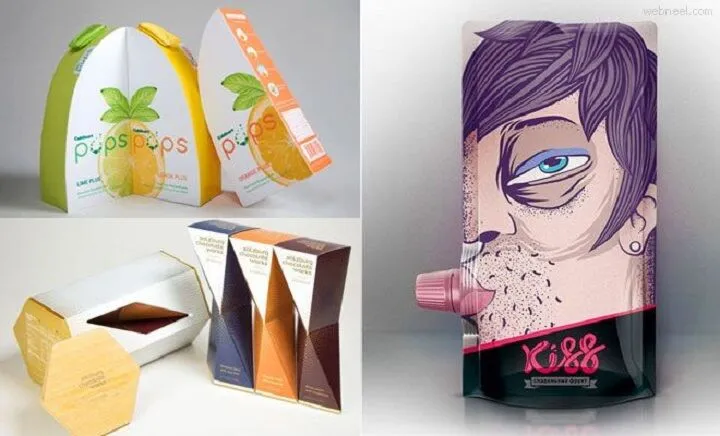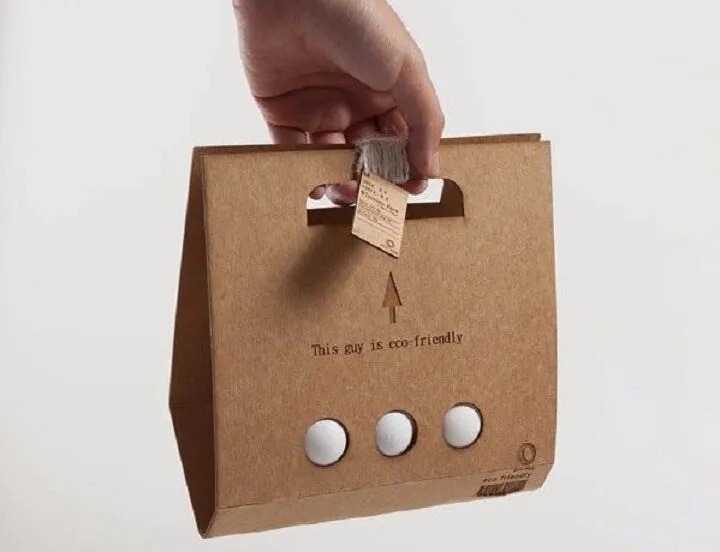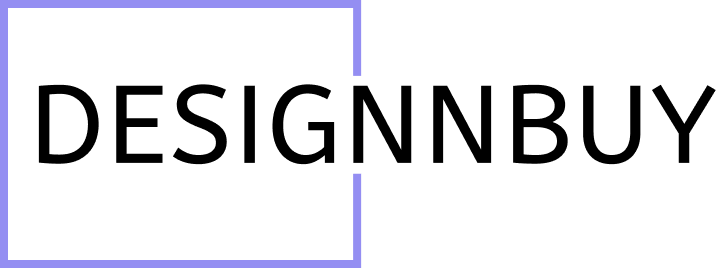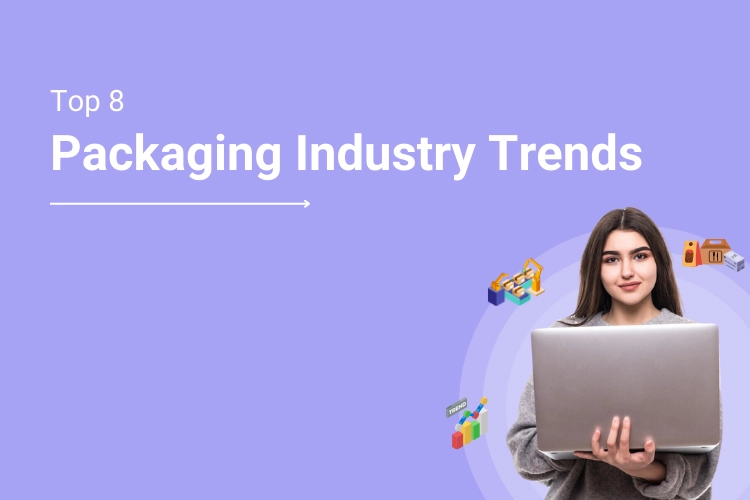Over the last few decades, global packaging has evolved to become much more than just containers for products. It is seen as a marketing and branding platform dedicated to safeguarding all sorts of products for shipping, storage, and sales.
Many buyers today make a judgment about a brand from how it packs and ships its products. In fact, a study by Dotcom distribution states that 68% of consumers believe that packaging makes a brand high-end.
Moreover, they do not mind spending on companies that are not lazy about their packaging. Check out how the India-based online non-veg foods seller, Licious, packs its orders. They have caricatures of their customers along with their reviews. Would you not want to order something from their website right now?
No wonder the packaging industry is set to generate $28 billion in revenues by 2024. In this day and age, it is all about making consumers feel unique, and personalized packaging successfully helps achieve this goal.
Industry trends, consumer preferences, and technological advancements (such as the rise of market package design software all contribute to the evolution of packaging across the globe.
Top 8 packaging trends to maximize profit and Connect with Consumers in 2024
Here are some of the trends we can expect to see in the packaging industry that printers should be cognizant of and responsive to:
1. The evolution of digital printing cannot be missed.
In recent years, digital printing has taken a massive leap forward in terms of costs and time saved. With no plates to keep replacing, digital printing allows packages to be ready much faster and works with various textures and surfaces.
For small print brands starting with little money to invest in equipment, digital printing allows for high degrees of flexibility in experimenting with designs and print surfaces and catering to orders of any size.
Let us also not forget that digital printing methods take less time to print a product than traditional systems. This saves time and costs for the printing company.
2. Smart packaging, Augmented Reality, and gamification are in.

Innovative packaging integrates technology into the packaging material itself for various purposes, from communication with other packages to anti-counterfeiting via error-free smartphone authentication.
Many brands are also using smart packaging to offer their buyers exclusive content via Augmented Reality, which provides customers with an immersive look at the world of the product and the brand.
This element can be enhanced with gamification, which acts as an incentive for customers to buy more from the brand to collect more points or progress to higher levels.
3. Flexible packaging continues to grow by leaps and bounds.
The flexible packaging market is one of the fastest-growing segments and shows no sign of stopping anytime soon.
Technological advancements and emphasis on sustainability are the two reasons why flexible packaging has taken off massively.
Customers are increasingly inclined towards reusable packaging that does not take much time to open, can be easily stored, features zips and peel-off lids for easy reuse, and can even double up as microwaveable containers or pouches hung or displayed.
Plus, even the best packaging design software solutions can print multiple SKUs, print according to need, and are environment-friendly.
Food and beverage industries, mainly those offering delivery services, currently have the most significant demand for flexible pouch packaging that keeps food hot and safe.
However, other industries like beauty and pharma are also moving towards flexible packaging, particularly for travel-size product options that customers might want to refill and reuse.
4. There is an inclination towards the use of recycled packaging products.

Packaging that gets discarded accounts for up to millions of tonnes in waste every year. Consumers are becoming increasingly conscious about the environmental impact of their purchases, and brands everywhere have been responding.
Many use packaging made out of recycled or readily biodegradable material, which reduces the waste burden and also helps to portray the brand as an eco-friendly one.
Another option is the use of compostable materials, a fast-growing segment.
5. Ecommerce packaging is here to stay.
Think “packaging,” and it is hard not to think of “eCommerce.” The said industry has witnessed phenomenal growth over the last several years, particularly in developing countries like India and Brazil, where smartphone use has increased.
As more and more orders come in for products of every shape and size, the demand for secure packaging (and different types of packaging) has gone up in tandem. Even the best box design software solutions now print personalized packaging materials.
Corrugated cardboard, bubble wrap, and easy-to-assemble cardboard boxes are highly popular for safely transporting consumer items across the city and even country borders.
Many eCommerce brands also use their packaging to brand themselves by using attractive colors, branded tags, and personalized notes for an extra touch.
6. Personalised packaging is slowly becoming relatively common.
Everyone likes to feel special, and brands cater to that by offering a plethora of customizable options in their product range.
Packaging, too, counts for a lot in this. Rather than the generic brown-paper packaging, brands are introducing their custom wrapping and boxing material in addition to personalized notes addressing the customer by name.
A uniquely designed bag or box can also act as a form of marketing if the customer reuses it after taking it out.
Stationery brands are thus seeing an increase in demand for custom-made packaging options, particularly among new-age digital-first eCommerce companies that wish to distinguish themselves through thoughtful touches like this.
7. Investment in luxury packaging will increase.
As millennial buyers continue to grow in number and acquire more disposable income, their tastes are gravitating towards the exclusive, and the packaging is no exception.
Sellers of high-end products like cosmetics, perfumes, health and hygiene products, apparel, footwear, and so on are expected to package their offerings in similarly premium materials.
A stylish wrapping paper or a sleek reusable box enhances the aesthetic of the package. It improves the brand’s perceived value in the buyer’s eyes, thereby increasing the likelihood of purchasing from them again.
There is a growing demand for the best packaging design software solutions, increasing as more brands invest in packaging that brings out a luxe feel.
Boost Your Packaging Business with Packaging Design Software
There is no doubt in our minds that packaging has become a crucial element in the marketing and branding process. Thankfully, printing companies are not taking this aspect lightly anymore and are actively investing in the best packaging design software solutions to ensure their users get a personalized unboxing experience.
If you are a printing company that wants to offer custom printing services to packaging businesses or brands in general, invest in the best package design software available in the market. Design’N’Buy can hook you up with a system that suits your business needs.
Please contact us at [email protected] to book yourself personalized demo. We will get back to you within one working day.
*This post has been updated on Dec 2023.




